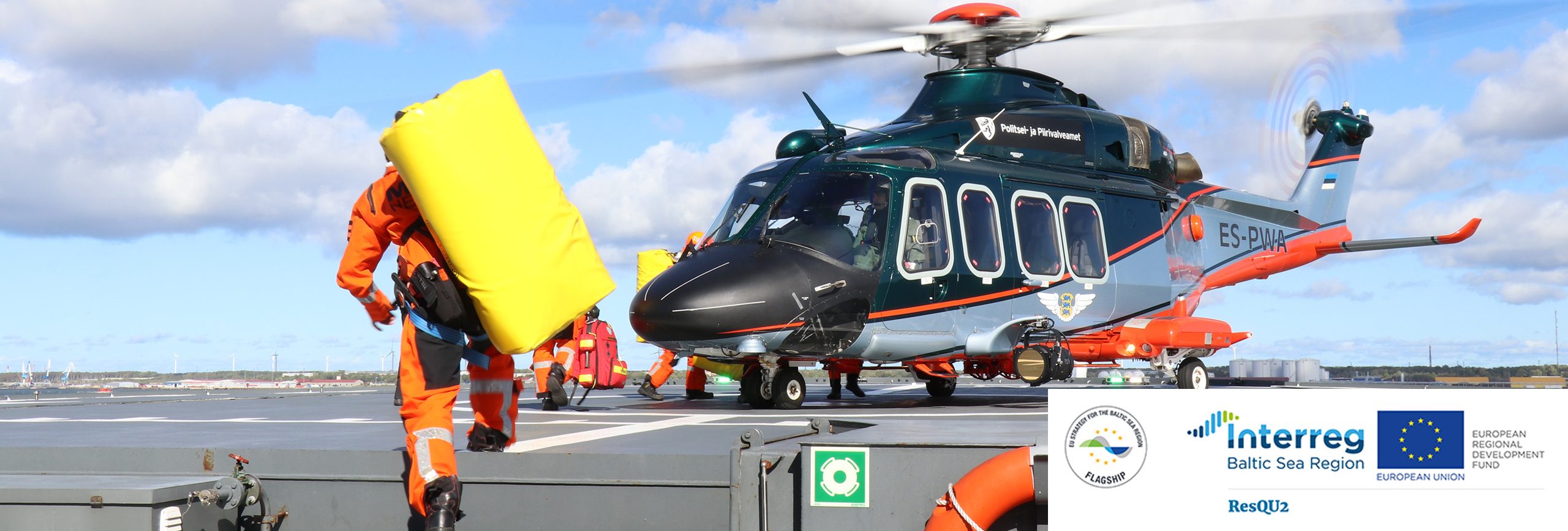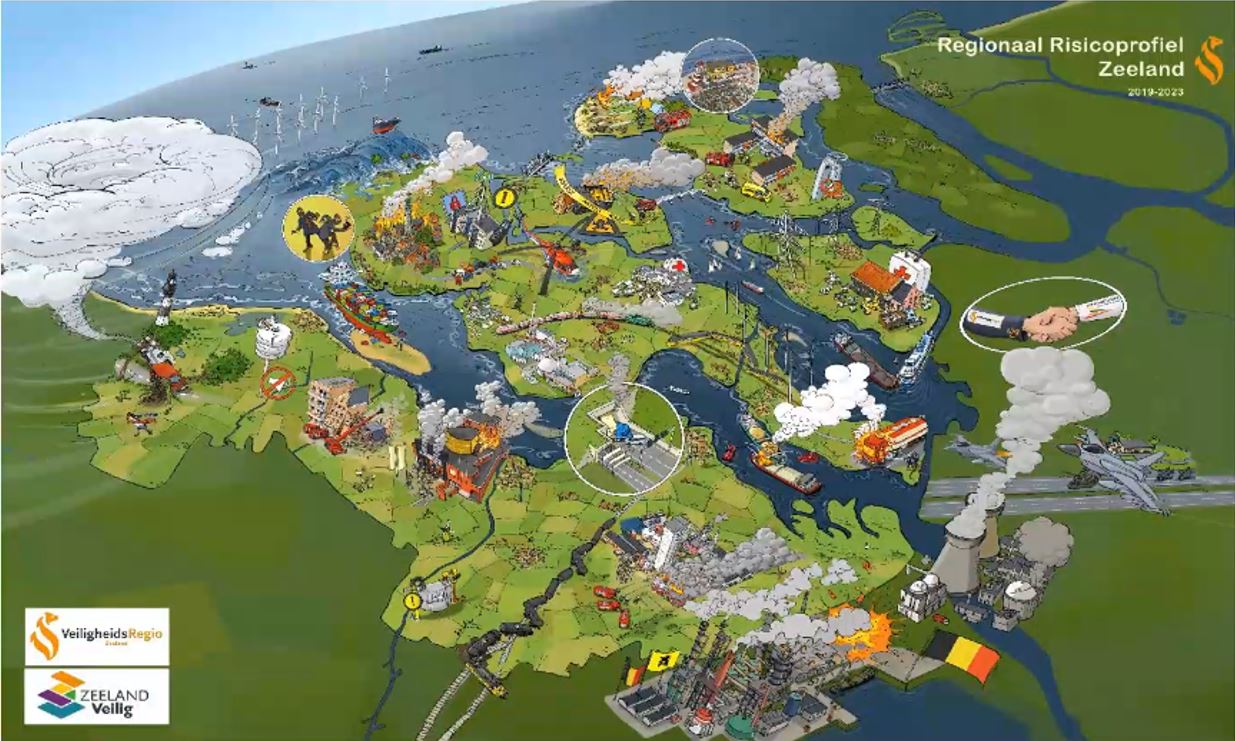Key to good and effective crisis communication lies, among others, with being well-prepared, speaking the “same language” with the public, using effective communication channels, and keeping the message clear and correct. This became clear in ResQU2’s webinar ResQ Your Communication held on Wednesday this week.
The webinar was targeted to communications specialists of different rescue authorities and services, and organisations with responsibilities during possible accidents and incidents. Invited speakers offered different perspectives to crisis communication in different types of organisations and regions.
Keep communication transparent
Norbert Smietanka presented the risk and crisis communication system of his company Hamburger Hafen und Logistik Ab – HHLA. He emphasised that transparent communication with the public is usually the best option and help reaching best results.
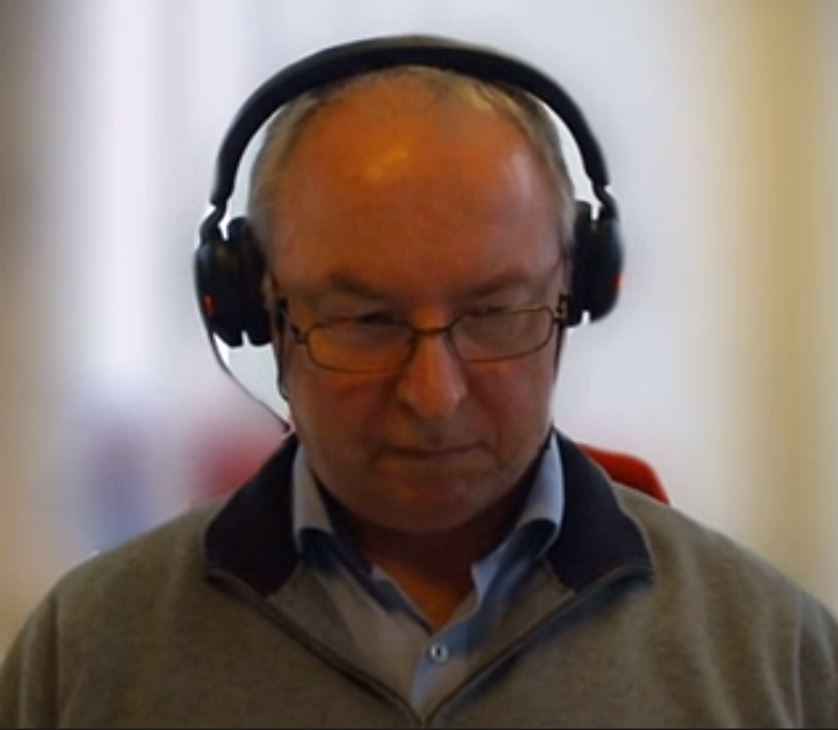
Mr. Norbert Smietanka from HHLA gave a presentation of Risk and crisis communication. 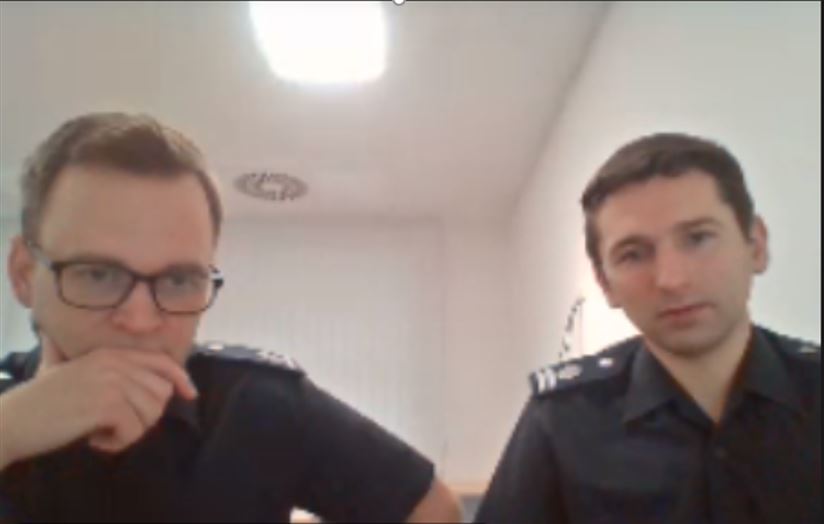
Bastian Fischer and Fabian Gluck sharing the Incident Command System in Germany for the participants.
Communication needs structure, acceptance and the same aim
Fabian Gluck and Bastian Fischer, Hamburg Fire and Rescue Service, opened up how communication between authorities works in Germany, and what kind of a decision-making process they have in crisis situations. This Incident Command System is built to ensure cooperation between fire services as well as with other organisations and authorities. Smooth cooperation and knowing the procedures is essential, especially in large-scale incidents. Gluck and Fischer summarised that communication between authorities “needs structure, acceptance and the same aim”.
Innovative approaches to crisis communication
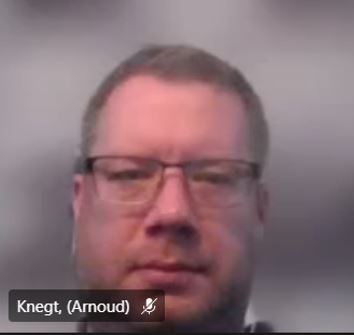
Arnoud Knegt, Safety Region Zeeland, told that as the Region is the second highest risk area of The Netherlands, they have developed a special public resilience communication platform. It ensures rapid and effective crisis communication when needed. It is based on the idea to combine crisis communication and risk communication with the goal of “more public resilience, general health and safety”. The Platform has been invented to make the residents be aware of the most important risks already in advance, and also, know what to do in cases of severe emergencies. The dangers, measures to be taken, and incidents are published on this site people are already familiar with. According to Knegt, the platform idea has been introduced in other regions as well.
Another innovation in Zeeland is a game they have developed for the public. By playing the game, public can see, for example, what can they do if a ship strands.
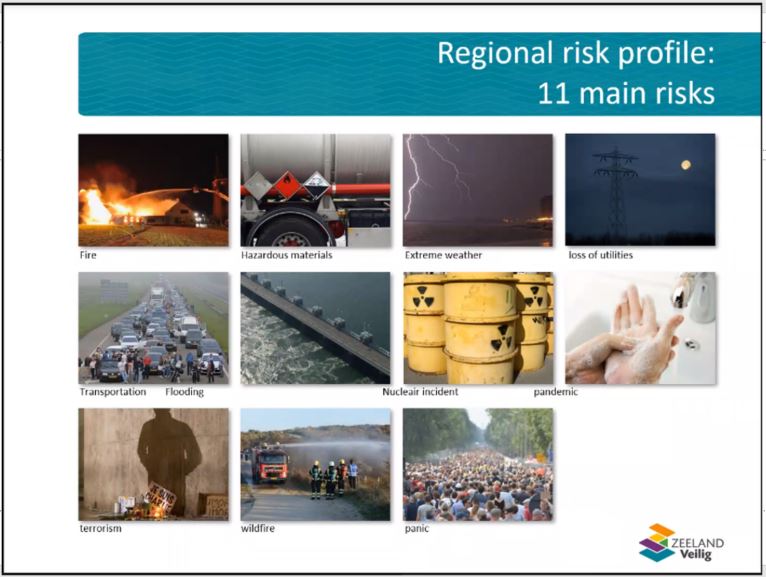
Communication between authorities
Aleksandrs Pavlovic told about the information flow and communication between authorities in maritime crises from the perspective of the Marine accident Investigation Department of the Latvian Transport Accident and Incident Investigation Bureau.
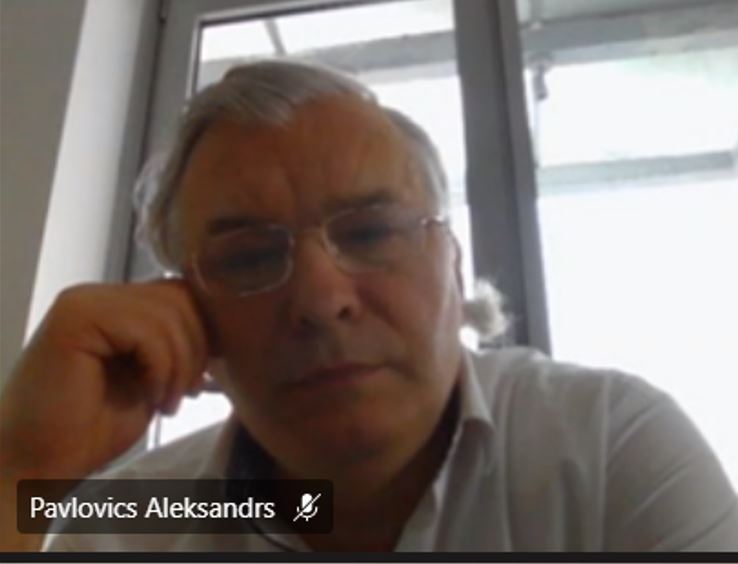
Aleksandrs Pavlovics represented the Latvian Transport and Incident Investigation Bureau. 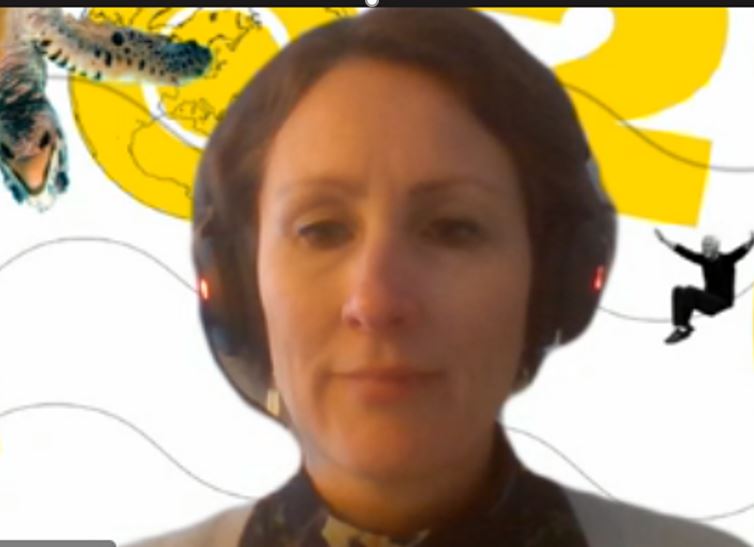
Anna Solovjew-Wartiovaara called for finding positive things for the future.
Don’t forget hope!
Anna Solovjew-Wartiovaara from the Finnish Innovation Fund Sitra concentrated on the Megatrend ABC and the opportunities and challenges we face in communication in the future. She emphasised the responsibility of Communicators in being clear in their messages, choosing the most effective platforms, and in helping people to see the big picture. They have the power to influence how the message is received. She gave some advice to Communicators, such as how they should be part of the solution – not the problem, become more resilient, acknowledge emotions, be constructive in dialogue, and strengthen social cohesion. The latter especially now in the time of isolation and loneliness even. Most of all, she underlined that one should not forget hope when communicating. We are moulding our perception of the future now.
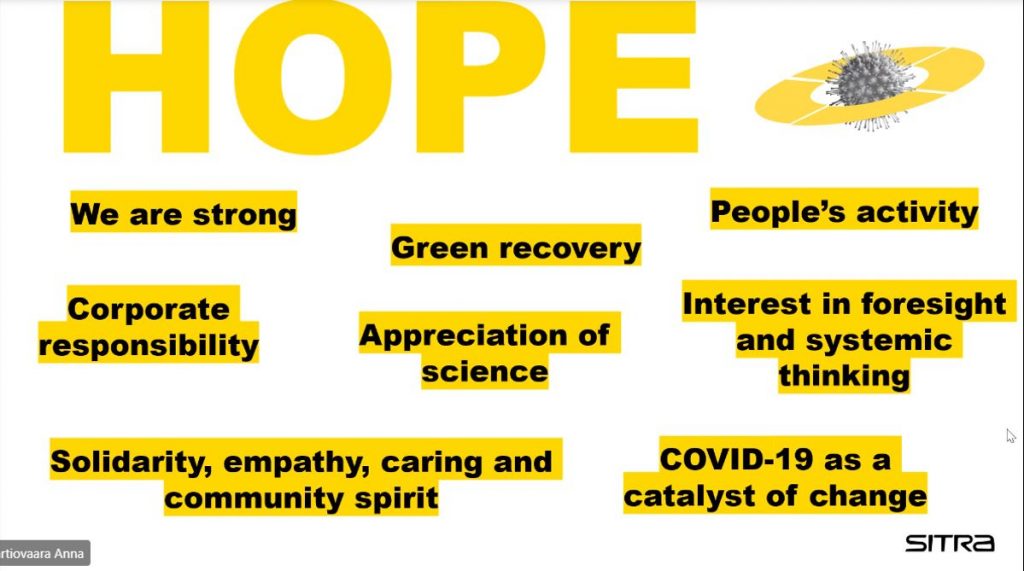
ResQ Your Communication webinar brought twenty communication experts from seven countries together to share and compare views on crisis communication and its challenges. The webinar was organised on 20 January 2021 within the ResQU2 project platform by Southwest Finland Emergency Services.
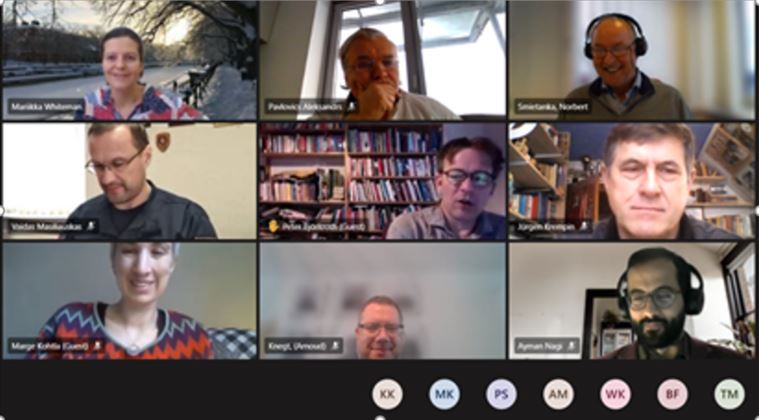
The main picture on the top presenting the regional risk profile of the Safety Region Zeeland is captured from Mr. Arnoud Knegt’s presentation.
